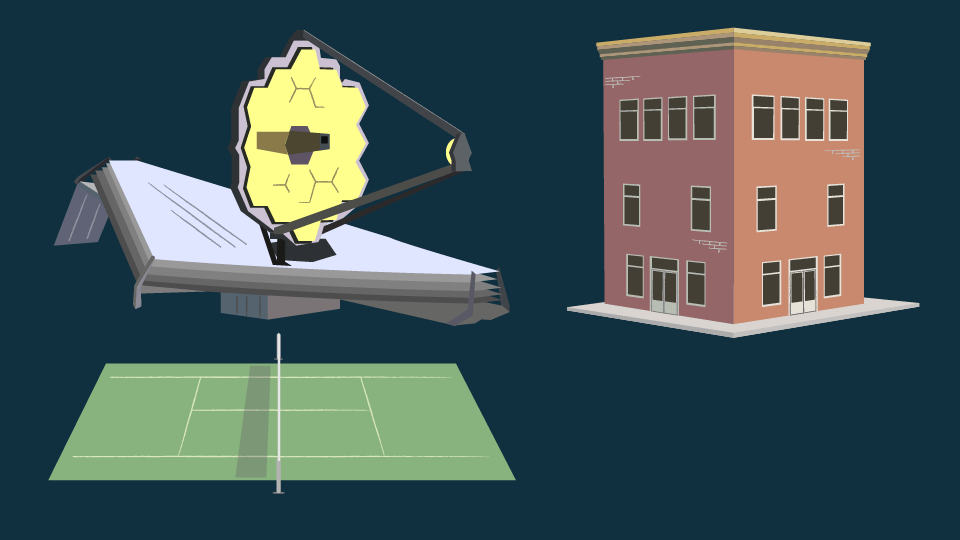Origami, or the art of folding paper into a variety of three-dimensional objects, from paper airplanes to animals, has served as a source of inspiration for the design of increasingly compact and versatile structures. Recently, the understanding of origami from mathematical models and the growing interest in computer-aided design have enabled the creation, analysis, and simulation of foldable structures.
In this blog post, the project Analysis and Design of Origami-Based Deployable Structures will be presented. The objective of this project is to develop methods to design and analyze origami-like deployable structures, mainly for aerospace applications.
What are deployable structures?
Deployable structures are those that can change their configuration significantly. Typically, they go from a folded, compact state to a large, unfolded state (Tibert 2002). Origami has been used to design small-sized structures, which simplifies the transportation and assembly of bulky products. This paper folding technique, also known as paper sculpture, is increasingly being implemented in various fields, such as aerospace applications, shelters, rescue structures, playground facilities and medical devices, among others.
Use of deployable structures in aerospace
In the aerospace field, due to the costs and transportation restrictions on space vehicles or launchers, the use of deployable structures is essential. These structures allow to reduce the size of the payloads at launch while preserving the functionality of the devices.
The JWST space telescope, launched in December 2021, is the largest and most complex infrared science observatory ever sent into space. Its main components include a huge primary mirror to collect infrared light, a large sunshield to keep the telescope cool, and four scientific instruments to carry out its scientific operations. To get an idea of the dimensions of this giant telescope, its main mirror rises more than two floors high and, once deployed, its protective sunshield is about the size of a tennis court.
However, in order to be launched into space the launcher, an Ariane 5 rocket, had to be considered, which is why the telescope folded down to about a quarter of its full size. Once in space, it was gradually deployed as it made its way to orbit.

JWST telescope dimensions. Source: NASA/JPL-Caltech

JWST telescope folded and positioned on Ariane 5. Source: NASA
Challenges of deployable structures
Although origami-based structures have many advantages, such as ease of transport and storage, there are also several challenges associated with their use. These structures are complex, since they have moving parts and actuators, which must be folded and unfolded according to the desired configuration, ensuring high reliability in the final geometry and functionality of the structure. Analysis and computational simulation become an important tool to visualize and test their behavior so that these structures can be successfully used in space.
Analysis and design of origami-based deployable structures
This project seeks to develop methods to design and analyze origami-like deployable structures, mainly for aerospace applications. For this purpose, a review of the state of the art with respect to the modeling of folding origami-like structures will be carried out. In addition, algorithms that allow the analysis of origami-like deployable structures will be implemented in available free software programs. Finally, the simulation capabilities of the developed methods will be evaluated through an experimental proof of concept.
For this project, we are working in partnership with the Cydonia Foundation, dedicated to aerospace development in Colombia. This foundation is responsible for the design, construction, and operation of the Simulated Analog Space Exploration Habitat in Colombia (Hábitat Análogo de Exploración Espacial Simulada en Colombia HAdEES-C), the first simulation habitat for analog missions built in Colombia. Its facilities make it possible to simulate some of the conditions of Mars or the Moon here on Earth and to test aspects related to manned space travel and planetary exploration.
References
Tibert, Gunnar. 2002. “Deployable tensegrity structures for space applications”. PhD Thesis, KTH.
